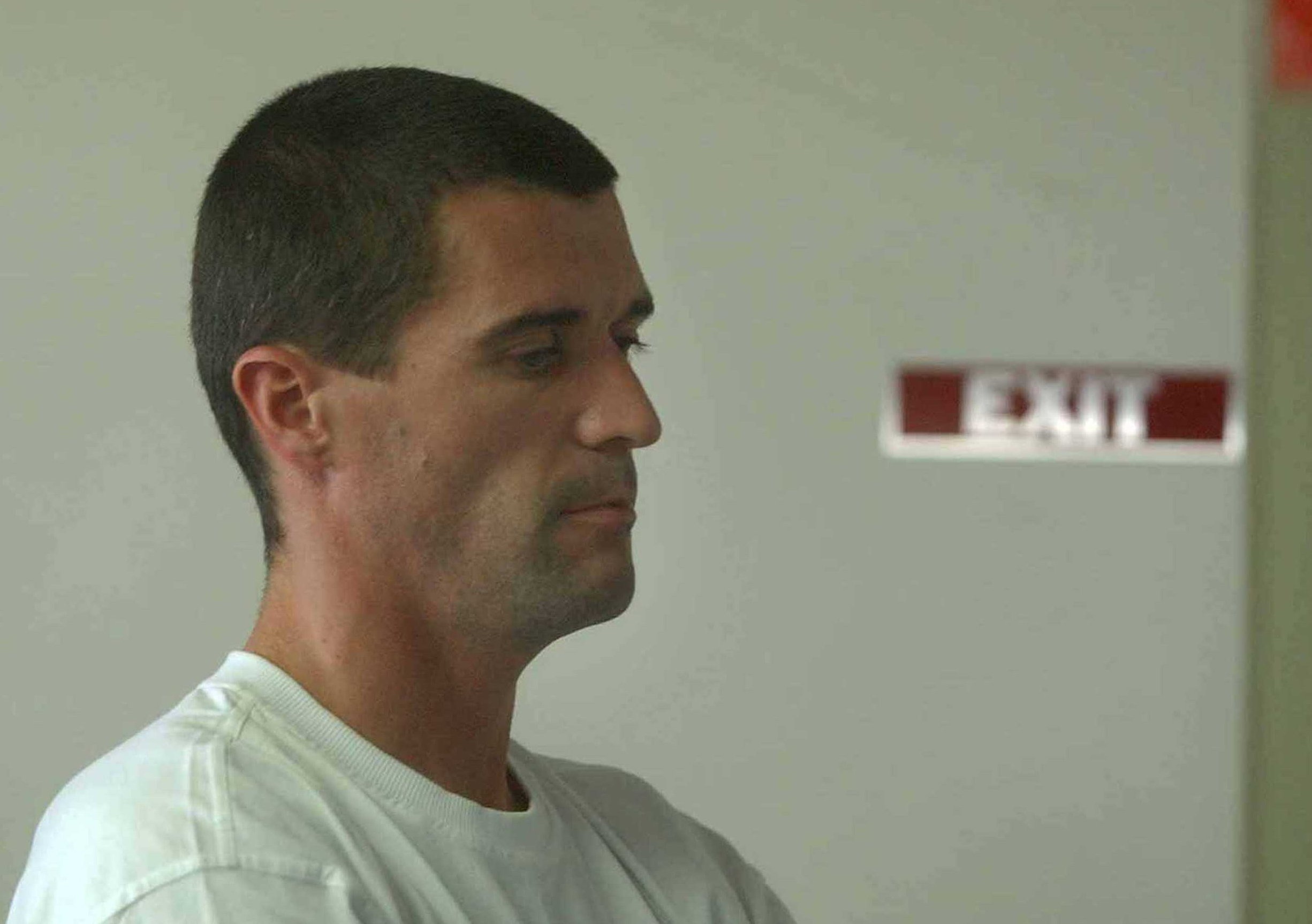On a June night in 2001, Peter Reid, then the Sunderland manager, found himself in Lillie’s Bordello in Dublin along with many of the Ireland team which, earlier that day, had drawn with Portugal at Lansdowne Road. Among the party was Roy Keane who, at one point in the night, stood up and sang Bob Dylan’s ‘Positively 4th Street’. Reid turned to Niall Quinn and said, “Isn’t Roy Keane a great guy?’ At that moment, it seemed obvious and straightforward: here in this nightclub on an endless night that followed a memorable afternoon when Ireland’s captain had dominated the game…
Cancel at any time. Are you already a member? Log in here.
Want to continue reading?
Introductory offer: Sign up today and pay €200 for an annual membership, a saving of €50.

